ART & MUSIC THERAPY

Seeking treatment? Questions?
Get 24/7 confidential help now:
Or Receive A Call:
Last Medically Reviewed 15 November 2022
ART & MUSIC
THERAPY
People can significantly benefit from incorporating art and music into their daily lives. The arts can provide entertainment, relaxation, distraction, and a way to enhance mood or atmosphere. Music is often used as motivation, whether setting goals or completing mundane tasks. Many people use art forms such as sculpting or painting as an outlet for self-expression.
Combining Art and Music Therapy
with Conventional Treatments
Music is frequently associated with the production of feelings in people. Depending on the music and the person, it may raise a person’s energy levels, make them happy, or even cause sadness. Music can be therapeutic in this case, implying that it has the ability to heal someone. Music therapy is used to provide a supplementary treatment that can complement other primary therapies by being used as an add-on.
Art therapy sees the potential for change and healing through artistic expression and connection. It has been around for centuries to help with anxiety, eating disorders, cancer treatment, psychological issues, and more. Art therapy can also manage severe mental health conditions like schizophrenia or bipolar disorder.
People can achieve enhanced emotional and mental states through art forms such as painting, drawing, photography, sketching, sculpting, or doodling. Classes or centers that offer these activities are often led by facilitators or art therapists who help students explore their emotions and improve their mental health.
Art Therapy for Mental Health
Substance use disorders often combine with trauma, compulsions, and pain. These addictions necessitate patients to not only heal the source of trauma but also be more aware in order to avoid future trigger events. For example, suppose a patient suffers from alcoholism and depression. In that case, the therapist can help them identify patterns and teach different techniques for managing their condition.
Art therapists employ psychotherapy skills in their sessions, allowing patients to explore themselves and grasp areas of development. Denial, sadness, compulsion, and obsession are reduced, allowing a person to be more present and enjoy life without believing that drugs are the only way to serenity or pleasure. In addition to other therapies such as detox medication, support groups, and continuing medical monitoring, the assistance of an art therapist may significantly improve the journey toward recovery.
Music Therapy for Mental Health
Through music therapy, self-growth is promoted, and people can learn to regulate negative emotions. In group sessions, patients can enjoy a sense of community as new songs are learned together and teamwork is emphasized. Groups may communicate by brainstorming ideas for music videos. Patients are also encouraged to listen to and discuss music, read informative articles for discussion, view music videos, and perform solo or as a group. Patients may feel as though they belong for the first time.
Another important part of music therapy is working on self-esteem. For example, learning a new instrument can boost confidence and pride when someone finally masters a song or technique. This newfound confidence can then help in other areas of life, such as making decisions, dealing with stress, and resisting cravings.
Self-expression is a vital aspect of music and dance, which may help patients feel more at ease when expressing themselves. It might be challenging to express distressing thoughts and emotions, especially if someone has been through trauma. Music therapy fosters openness in interpersonal interactions.
Art and Music in
Substance Abuse Treatment Programs
Art Therapy for Addiction Treatment
Art therapy is an effective way for substance abuse patients to work through their feelings in a non-threatening manner. Often, substance abuse disorders are tied to the deep emotional pain that originates from childhood trauma, depression, grief, or other challenging experiences. It’s crucial for patients to learn how to deal with these intense emotions as one of the first steps toward extended recovery. With art therapy, those struggling can access previously hidden feelings and start making strides in comprehending what leads them down the path of addiction.
Art therapy is used alongside other treatment modalities such as talk therapy, medication management, and support groups. A trained art therapist directs the treatment, which involves assisting patients in interpreting their experiences and healthily dealing with strong emotions.
Music Therapy for Substance Abuse Treatment
Music therapy has been shown to be an effective treatment for various demographics, including children, people with autism, dementia, psychiatric disorders, and Substance Use Disorders (SUD). Music therapists use evidence-based musical interventions to help patients reduce stress levels, communicate more effectively, and distract from uncomfortable symptoms, among other benefits. For example, music therapists can work with patients undergoing treatment for a drug or alcohol addiction to identify and articulate feelings, achieve relaxation, build connections, and create a sense of accomplishment.
There are two primary types of music therapy: the receptive and active methods. The former focuses on listening to pre-recorded or live music selected by a therapist. At the same time, the latter is experiential and involves both playing musical instruments and singing.
Art Therapy
Techniques
The First Step Series
The First Step Series is a five-part project frequently used in art therapy with substance abuse patients. The goal of the activity is to help participants see the need for change and feel motivated to make those changes. Patients create five pieces of art that relate to their experience with substance abuse.
- The Crisis Directive: The first step is a drawing depicting how they came to seek help and begin their recovery process.
- The Recovery Bridge Drawing: The patient will draw a bridge that demonstrates where they have been with their substance abuse, where they are presently, and where they hope to get in their rehabilitation.
- The Cost-Benefits Collage: The third component urges patients to consider the costs and benefits of remaining addicted, as opposed to those of getting clean.
- The “Year from Now” Directive: In the next exercise, the patient is asked to depict how life would be different after reaching sobriety.
- The Barriers to Recovery Directive: The final step is to describe the challenges that may make it difficult to remain sober, such as sadness, tension, and loneliness.
Drawing A Life Timeline
This activity aims to indirectly get patients to think about the origins and effects of behavioral health concerns. They’ll do this by making a visual representation of their lives in the form of a timeline that starts with the year they were born and ends with the current year.
They are next encouraged to consider the most significant events in their lives, both positive and negative. This might include a significant career change, contacting an important friend, college graduation, or a family member’s death. Patients fill in the timeline’s milestones as they go and draw symbols representing each one.
Transformational Self-Portraits
It’s critical for substance abuse and behavioral health patients to feel confident in their abilities to address their own difficulties. The goal of this project is to inspire them to think about how far they can go with the help of others. It’s up to you to make three self-portraits using any materials you like, such as drawing, painting, or collage. The images will be used in a mural that depicts the patient’s path toward healing.
- The First Self-Portrait: For this project, patients will create a self-portrait that reflects a negative experience or event in their lives, focusing on the emotions they felt during it.
- The Second Self-Portrait: The purpose of this section is for the patient to express where they stand in their recovery journey.
- The Third Self-Portrait: The last piece will show a bright future of sobriety, increased psychological skills, and enhanced mental well-being.
- Putting the Self-Portraits Together: The three portraits are then put together in order to create a mural of change.
Drawing or Painting Emotions
In this unstructured activity, patients exhibit how they feel through any medium of their choosing. The project provides an outlet for patients to communicate pent-up thoughts and feelings, even if the work is highly abstract. They can also become more attuned to their emotions and learn to differentiate between different emotional states with guidance from the art therapist. Some questions a therapist might ask about a completed piece might be:
- What were you thinking about when you made this work of art?
- What emotions did you experience?
- Is there any text that comes to mind for this piece?
- How does this work of art relate to your recovery?
What are Forms of
Music Therapy?
Music therapy has a wide range of applications for those receiving treatment. There is no one method that is superior to the others, and each may be utilized independently or in combination to help someone overcome a substance use disorder. The licensed music therapist can evaluate each client’s assets and demands and select the activities best suited to their circumstances. It might include:
- Creating: The two main ways music therapy enables people to express their creativity are writing songs and improvisation.
- Songwriting/Composition – Many people find it therapeutic to write songs since it can be incredibly difficult for some to express themselves through words alone. It’s often simpler to pour your emotions into a song about somebody rather than trying to explain how you’re feeling.
- Improvisation – You may either do this on your own or with a group of people. It might be the first step in building a new composition or a response to a piece that has previously been heard.
- Performing: Although you may not always have to perform in front of a crowd, performing a song yourself has distinct feelings and emotions from listening to another person do it.
- Analysis: To deconstruct music is to examine how it works at its most basic level. One may analyze a song’s lyrics, learning about the author’s feelings and/or how it relates to one’s own situation. The music itself can also be evaluated. The individual analyzing these aspects of a song may understand what parts/emotions the composer was attempting to convey and how the song elements might reflect one’s own circumstance.
- Relaxation: Although it may seem like an unusual choice, music can actually help those struggling with addiction to relax and stay away from relapsing. In some cases, it can even be more effective than the person’s substance of choice in calming them down.
Games: Music therapists can utilize a variety of competitive games and musical activities, from icebreaking to interacting, depending on the licensing requirements. These are generally large groups.
Benefits of
Art and Music Therapy
How is Art Therapy Beneficial?
Art therapy’s advantages include the ability to restore a person’s sense of self-worth by boosting their self-esteem. Patients may feel proud of being creative during difficult times since they are constructively working through distressing feelings. Second, they can be expressive without using words and have confidence in themselves. Furthermore, as someone attempts to bring emotions to the surface, they become more secure in being open and expressing themselves.
Another advantage is that when someone is engaged in an enjoyable pastime, stress and worry are reduced. Furthermore, someone with a short attention span may connect with every moment as they create artwork by exploring their emotions and realizing their potential as artists. Finally, unpleasant emotions are released as individuals explore their feelings and discover their full potential as artists.
Participants can feel safer, happier, and more resilient as a result of this process. Participants can heal from the substance or mental illness by engaging in healthy repetitive activities with a positive focus, such as meditation in cases of addictions or obsessions and compulsions. Finally, participants may be strengthened by taking charge of their emotions and how they are connected to trauma. This allows them to experience pride for creating something valuable and establishing a new relationship with their trauma or pain.
What are the Benefits of Music Therapy?
Music therapy is a kind of complementary and integrative treatment with a long history of empirical evidence supporting its efficacy, which differs from other complementary treatments. Music therapy has several advantages.
- People who are early in their recovery from substance abuse often feel overwhelmed. Music therapy can help them deal with the emotional problems associated with these feelings and put them into perspective.
- Music therapy might help people recovering from addictions deal with feelings that cause relapse. Boredom, loneliness, tension, and self-doubt are examples of these stimuli.
- Often, people recovering from substance use disorders mistakenly believe that they will not find anything enjoyable in life without their drug of choice. Music therapy can help to correct this mistaken belief.
- Music therapy aids in the treatment of negative feelings such as sadness and anxiety. It has been shown to enhance cognitive function and facilitate more informed decisions.
- Music therapy can support other interventions and help motivate people to make positive changes in their lives. For example, music therapy can help someone develop an exercise routine, get involved with community activities, or learn how to socialize better with others.
Get Help for Addiction
or Mental Health Issues using Art & Music
If you or a loved one is struggling with addiction, help is available. Psyclarity Health offers a wide variety of treatment options as part of our treatment program for addiction or mental health issues. Aside from music and art therapy, we also offer individualized care plans tailored to meet each patient’s needs.
Whatever your needs are, our expert team is here to help you get your life back on track. Contact us today to learn more about how we can help.
MAKE THE CALL
Don’t go through the process of recovery alone.
There are people who can help you with the struggle you’re facing. Get in touch with one today.
Call Now: 855-924-5350
GET THE CALL
Enter your phone number below to request a call from a treatment professional.







